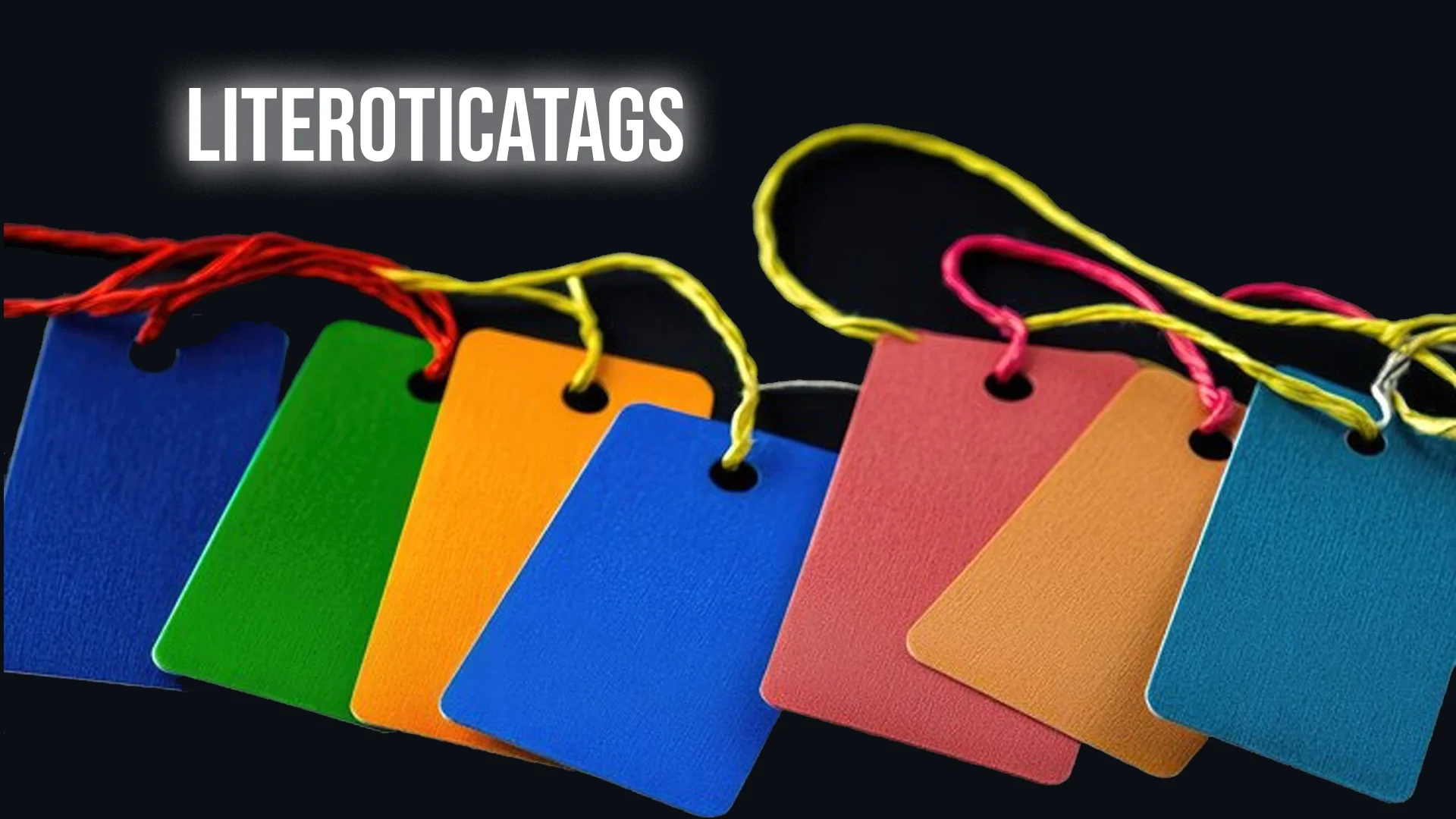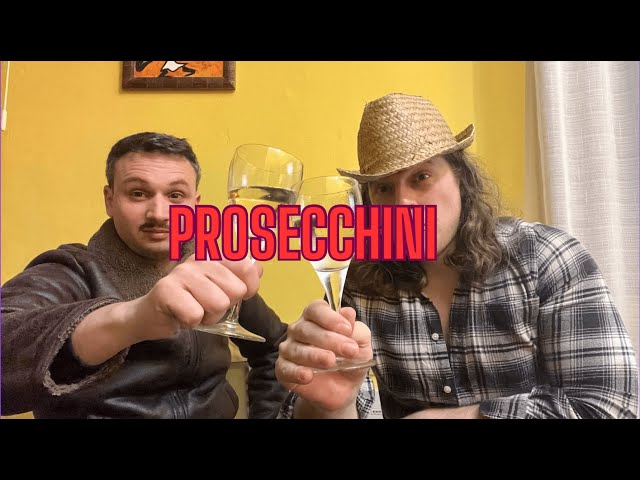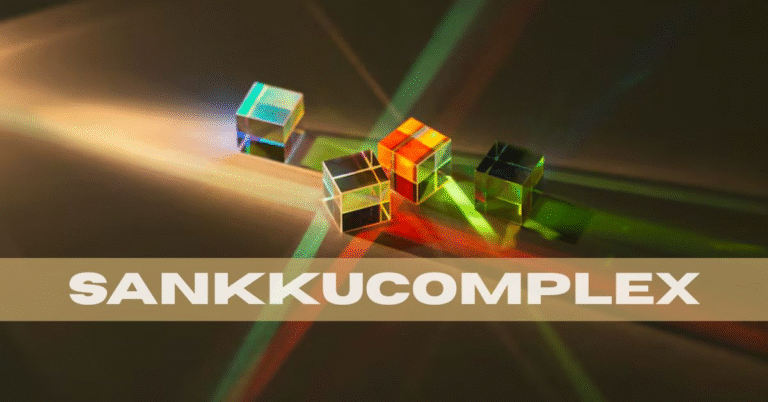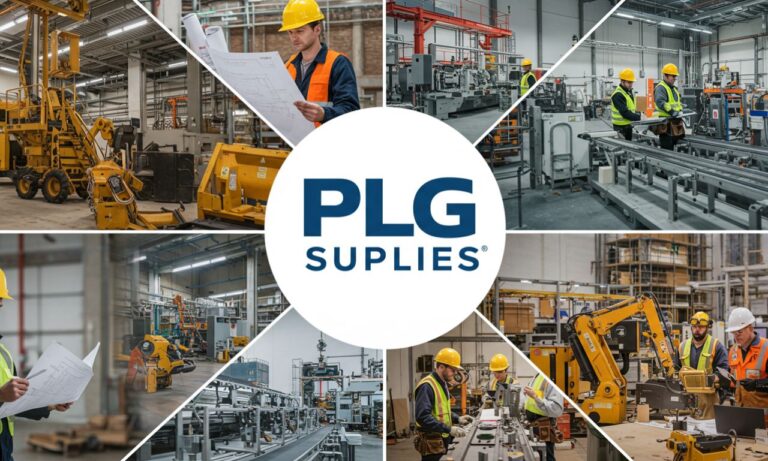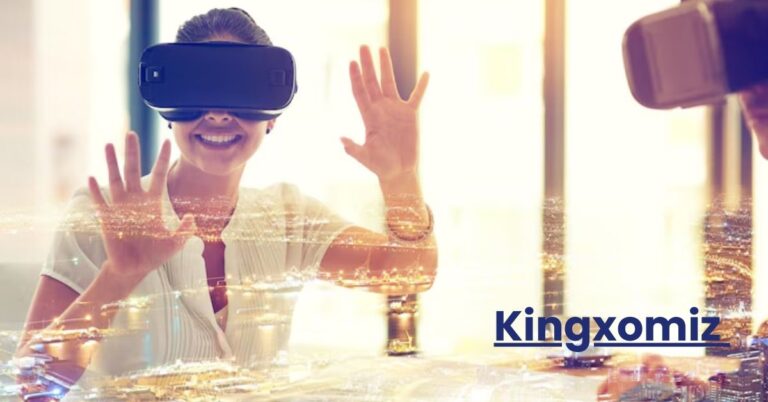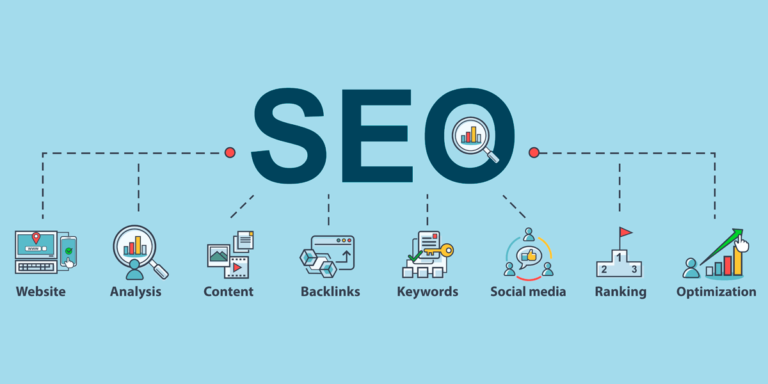Content classification and findability has become very important in the ever-changing digital world. Are you a creator, developer, or researcher? Regardless of the case, efficiently structured data means that your audience or system can quickly locate what it requires. This is where Litotica tags come into the discussion. Litotica tags are a rising prefix in the technology and content organization sector, although it is an emerging term, it holds a guarantee of a fresh perspective on metadata, user-generated engagement, and smart content curation.
The article discusses the concept of Litotica tags, their possible use, the comparison with the conventional tags, and addresses the most popular questions concerning the new phenomenon.
What Are Litotica Tags?
Litotica tags Litotica tags are a new method of tagging and organizing content in a manner that is more focused towards depth of context, user actions and semantic connections. Compared with the traditional tags, which usually stick with the flat and keyword driven schemes, Litotica tags aim to incorporate the machine learning and user interaction data to provide smarter and more flexible categorization.
Litotica appears to be a combination of litotes (a rhetorical figure based on understatement) and tagging. This may be a clue to a system which tags content not only on the basis of what it contains, but what it suggests or leaves out, and hence offers greater semantic meaning.Although the term is quite young and is yet to spread, Litotica tags may become a significant change in the method of indexing and serving digital content.
Key Features of Litotica Tags
1. Contextual Relevance
Unlike traditional tagging systems where a blog post might be tagged “technology” or “AI,” Litotica tags consider the tone, implied topics, and surrounding content. For example, a satirical article on AI failures might get tagged differently than a technical deep dive—even if they both mention “AI.”
2. AI-Driven Tag Assignment
Litotica tags are often assigned using machine learning models that scan for more than just keywords. They analyze sentence structure, tone, and even the writer’s intent to suggest appropriate tags.
3. User Behavior Integration
Tags can evolve over time based on how users interact with the content. If users searching for “digital ethics” consistently click on a certain article, Litotica may retroactively assign or prioritize that tag.
4. Multi-Dimensional Categorization
Instead of one-dimensional tags like “finance,” Litotica might apply layers like:
- Primary topic: Finance
- Tone: Advisory
- Subtext: Risk aversion
- Intent: Educational
This allows more refined filtering and content discovery.
Applications of Litotica Tags
● Content Platforms
Media platforms and blogs can implement Litotica tags to improve content recommendation systems, ensuring users find exactly what they’re looking for.
● E-Commerce
Products could be tagged not just by category but by emotional tone, user feedback trends, and contextual use, making recommendations far more relevant.
● Academic Research
Papers can be sorted based on nuanced subjects, hypothesis tone, or citation frequency rather than generic subject categories.
● AI Chatbots and Digital Assistants
Using Litotica tags, chatbots can provide more context-aware responses by understanding the underlying themes or sentiments of queries and documents.
Benefits Over Traditional Tagging
| Feature | Traditional Tags | Litotica Tags |
| Based on Keywords | ✔️ | ✔️ + semantics + tone |
| Adapts Over Time | ❌ | ✔️ (through ML/user behavior) |
| Supports Complex Queries | ❌ | ✔️ (multi-layered tagging) |
| Emotionally Aware | ❌ | ✔️ (tags based on sentiment analysis) |
| SEO Friendly | ✔️ | ✔️ + behavior-based ranking |
Challenges & Considerations
While promising, Litotica tags aren’t without their complexities:
● Technical Implementation
Advanced natural language processing and behavioral tracking systems are required, making it harder for smaller platforms to adopt.
● Privacy Concerns
Tracking user interaction for tag optimization must be done ethically and in compliance with data privacy laws like GDPR.
● Standardization
Being a relatively new concept, there’s no universally agreed-upon format or taxonomy for Litotica tags, which can lead to inconsistent applications.
The Future of Litotica Tags
With a more dynamic and personalized internet, Litotica tags may just as well be the new standard in the categorization of content. Businesses that have invested in AI-enhanced user experiences, such as personalized news feeds, voice search and smart assistants, will gain significantly due to this development in tagging.
We may soon see CMS platforms like WordPress, Drupal, and custom headless CMSs incorporating Litotica tagging plugins or APIs. Combined with advances in AI-generated content and natural language processing, the future of digital search and recommendation looks much more intelligent—and intuitive.
How to Start Using Litotica Tags
In case you are a developer or a content manager, you can take into consideration a few steps:
- Analyze Your Existing Tagging System – Get a feel of how your tags are being utilized and in what way the conventional systems are becoming ineffective.
- Integrate NLP Tools – Use tools like OpenAI, GPT-based APIs, or Google Cloud NLP to analyze your content’s context.
- Apply Behavioral Tracking – Collect anonymous user data on how content is consumed, and feed that back into your tagging system.
- Create Tagging Rules – Develop a taxonomy that supports layered tags (topic, tone, implication).
- Iterate & Learn – Let your system evolve based on real-time interaction and content performance.
FAQs About Litotica Tags
Q1: What exactly are Litotica tags used for?
They are applied to classify digital content in a more profound, significant manner taking into consideration not just simple keywords, but also tone, context, and user behavior.
Q2: Are Litotica tags AI-generated?
Yes, they are often generated or enhanced by natural language processing and machine learning algorithms that understand content beyond the surface level.
Q3: Can I use Litotica tags on my blog or website?
Absolutely. While it may require some setup with NLP tools and analytics, even basic implementations can help improve content discovery and engagement.
Q4: Are Litotica tags good for SEO?
Yes. Search engines might find your pages more relevant and rank them higher because they allow the organization of content in a contextual and semantic way.
Q5: How are Litotica tags different from hashtags or meta tags?
Traditional hashtags and meta tags are static and keyword-based. Litotica tags go beyond by analyzing context, tone, and user interaction to evolve over time.
Q6: Is there any plugin or tool that offers Litotica tagging?
There is no specific Litotica plugin yet, however, you could emulate the concept with a stack consisting of NLP APIs, semantic tagging tools and AI-powered CMS extensions.
Q7: Are Litotica tags suitable for e-commerce websites?
Definitely. By tagging products based on usage context, customer sentiment, and lifestyle fit, Litotica tags can improve product recommendations and user engagement.
Q8: Is it safe to track user behavior for Litotica tagging?
The behavior-based tagging is safe and effective, yes, under the condition of following privacy regulations such as GDPR and anonymizing data.
Final Thoughts
With the content proliferating at an exponentially rate, our methods of organizing and surfacing it need to change. The litotica tags are an attractive proposal to create smarter and more personalized digital experiences. They might be some way off being a fully formed idea, but it is impossible to deny their potential to revolutionize the way people approach SEO, content discovery, and user engagement.
The Litotica tagging could well be the passport to opening the door to a new era of smart content systems in a world that lives off relevance and personalization.

